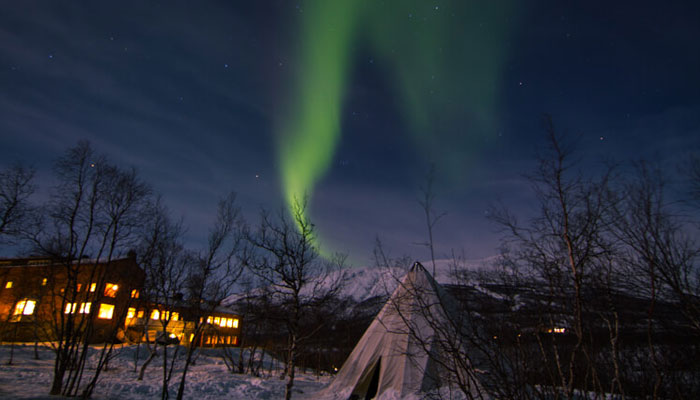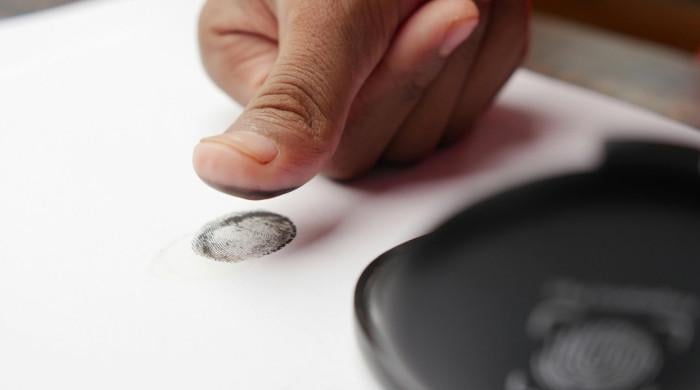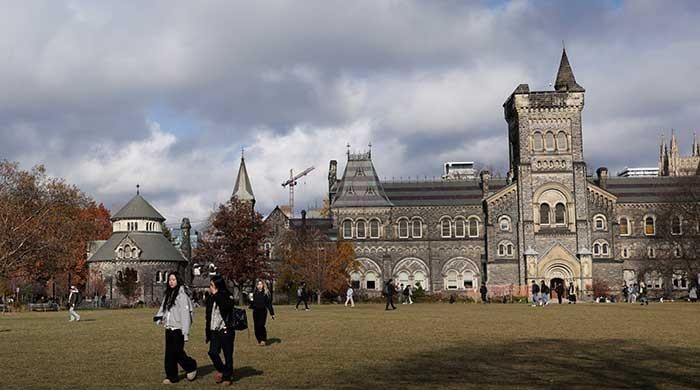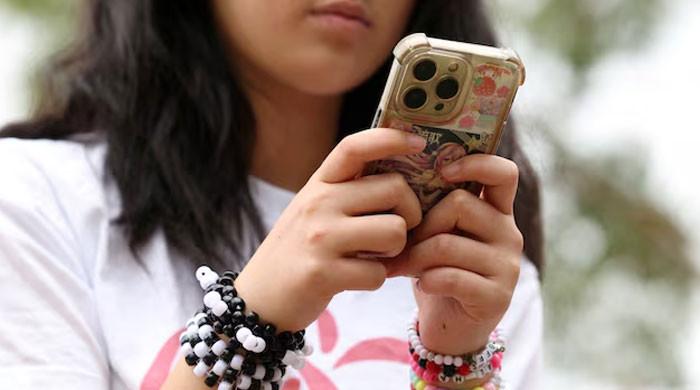Breathtaking show put up in night sky for northern lights research
Researchers released materials similar to those in fireworks into sky at an altitude of between 100-200 kilometres
March 24, 2023

STOCKHOLM: Scientists in Sweden conducted an impressive display of light in the night sky by releasing material from a sounding rocket. The purpose of this experiment was to study the breathtaking natural phenomenon of the northern lights.
The northern lights, also known as aurora borealis or polar lights, appear as swathes of blue, green and purple lights flickering and dancing across the sky.
They can occasionally be seen across the Arctic on clear nights.
Researchers at the Swedish Institute of Space Physics sent up the rocket from the Esrange Space Centre in the country’s far north, releasing materials similar to those in fireworks into the sky at an altitude of between 100-200 kilometres (62-124 miles).
Waves of greenish-white lights could be seen across the dark sky just after 1830 GMT above the northern Swedish town of Kiruna and within a 200-kilometre radius.
Somewhat less spectacular than the real northern lights, the experiment ended up blocking out a real aurora borealis occurring naturally.
The experiment was part of aurora research aimed at helping scientists improve near-space weather forecasts to protect satellites and critical infrastructures.
"People nowadays cannot imagine life without GPS, without TV, without satellite TV, without mobile phones and so on. And to have all of this, we need to understand space weather," Tima Sergienko, lead scientist of the experiment, told AFP by telephone before the launch.
"In some cases when we have strong ionic activity, all this stuff can be destroyed due to space weather," he explained.
In the experiment, barium was released from aluminium cylinders to create the effect.
Similar experiments have been carried out around the world for decades, but Sergienko noted that technology and cameras were much more advanced now.
Researchers "can get much more information from such experiments and from optical measurements", he said.









